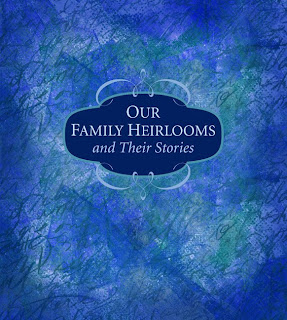
Last week I finished the latest Mary Doria Russell book,
Dreamers of the Day.I loved her previous books,
The Sparrow and
Children of God (which my friend zorra calls "Jesuits in Space") and
Thread of Grace. Russell is an excellent writer. All of her books reveal a fascination with Christianity, although she does not profess to be a believer.
I enjoyed reading
Dreamers of the Day and it is a credit to the author's skill that it wasn't until I finished it that I realized it is a seriously flawed novel that doesn't measure up to her previous work.
The novel is written in the first person using the voice of the protagonist, Agnes Shanklin, now deceased and speaking posthumously. Her story is that of a woman who lived up to the narrow expectations and demands of her mother but comes into her own in middle age after the death of her entire family from the Spanish influenza epidemic of the early 1920's.
The plot is divided into three parts: Agnes' life in the American MidWest; her trip to Egypt following the death of all of her family; and her life after her own death. I was interested in the first section which described the devastating effects of the Spanish flu, because my own grandmother died in one of these epidemics leaving my father (age 7) and his younger siblings.
The longest section is the second one and is the core of the book. Here Agnes meets many famous politicians and notables of the twentieth century in Cairo, including Winston and Clementine Churchill, Lady Gertrude Bell, and T. E. Lawrence ( Lawrence of Arabia). She falls in love with a handsome, married German Jewish spy and has a brief affair.
Agnes' deceased sister was married to a missionary and they were posted to the Middle East before returning to the US. Her sister was acquainted with Lawrence and that is the connection the author used to introduce Agnes to this group of Europeans whose plans for the area continue to affect all of us today.
Russell's depiction of life after death in the third section reflects her own agnosticism, which is also the view of her character, Agnes. Agnes is immediately reunited with her beloved dachshund, Rosie, but never with any of her family or friends. Instead she is hanging out in the afterlife with Napoleon, St. Francis of Assisi and other random famous people who appear and disappear from the scene for reasons unknown.
Although I enjoyed reading the book, the plot demands significant suspension of disbelief and seems more like three different tales that have been cobbled together. At times the author's extensive historical research dominated the narrative instead of informing it. Agnes, like Russell's protagonists in her previous novels, is a spiritual seeker who is never satisfied and never finds belief.
My favorite character in
Dreamers is Rosie the dachshund. Russell modeled the character Rosie after her own dachsie, Annie Fannie Sweet Feet, and claimed on her
website that
Dreamers “includes the finest portrait of a 16-pound black and tan longhaired dachshund in modern American literature.” I certainly agree! Maybe I'll read the second part of
Dreamers to Beatrice so she can enjoy the adventures of Rosie in Egypt.








